MCQ ON BRAIN class 12 for NEET | BRAIN class 11 | MCQ BRAIN with Answer | Check the below NCERT MCQ question for class 12 Biology based on the with Answers.
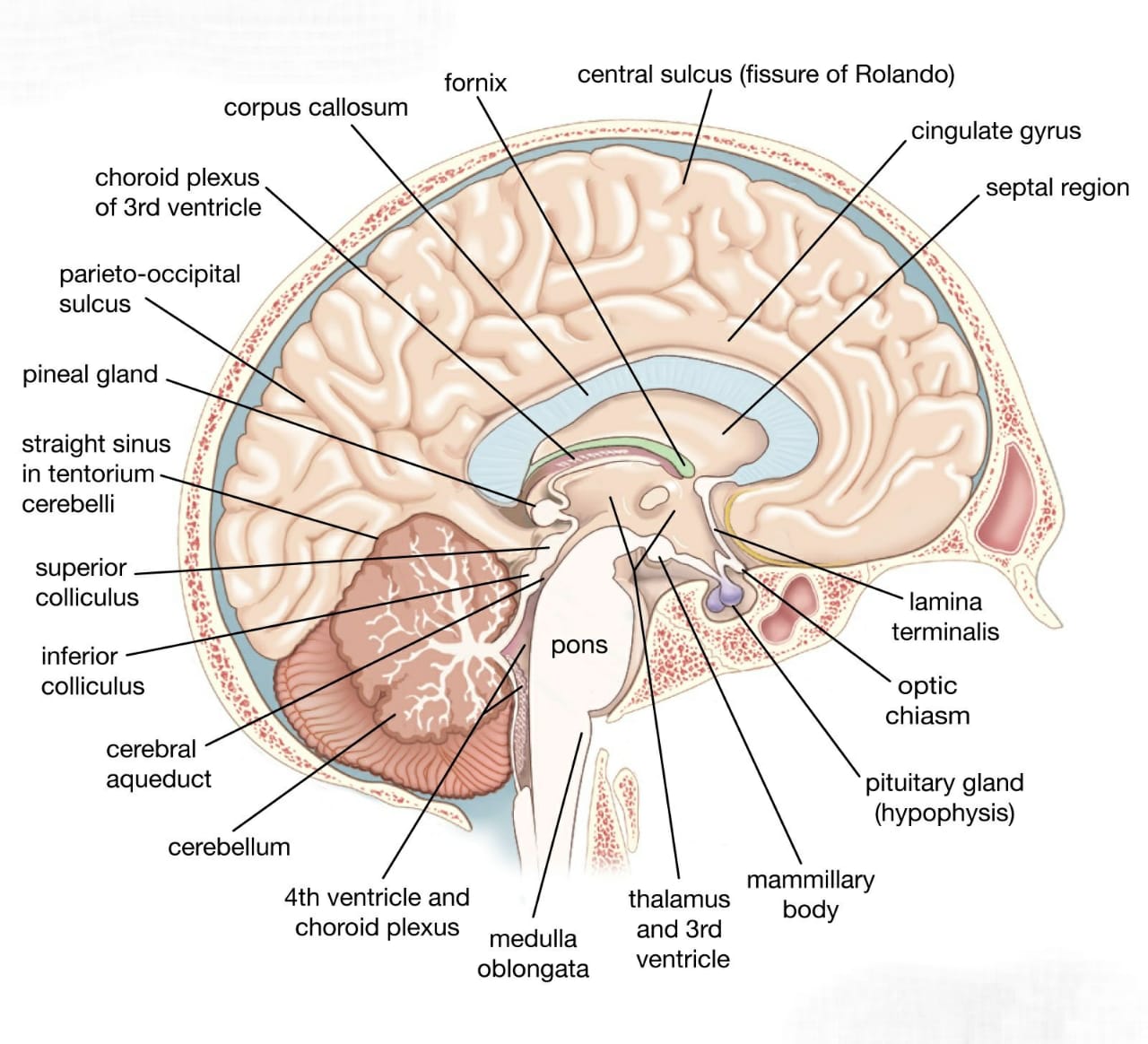
MCQ ON BRAIN class 12 for NEET
MCQ on BRAIN class 12 Biology with answers were prepared based on the latest pattern.We have provided class 12 Biology MCQs question with Answers to help students understand the concept very well.
MCQ ON BRAIN is useful for NEET / CSIR / UGC / CBSE / ICSE / AIIMS / EXAM / AFMC EXAM / STATE LEVEL MEDICAL EXAM 2022-23 , 2023-24
INTRODUCTION:-
Human brain is the only thing in the universe which is attempting to understand itself.
The study of brain in all expect is called encephalogy.
The brain is situated in the cranial cavity of the skull. The cranial bones and protect it from mechanical injury.
The brain forms about 98% of the weight of whole central nervous system.
The average human brain weight from 1200 to 1400 grams.
Brain has about 100 billion neurons.
The brain is soft, whitish , somewhat flattened organ. It is divisible into three main reasons, forebrain, mid brain and hind brain.
Fore brain forms the greater part of the brain. It is consists of three regions:-
Olfactory lobes, cerebral hemisphere or cerebrum and diencephalon.
Midbrain is significantly small.It consists of two heavy fibre tracts ,called cerebral peduncles on the ventral side .
Hind brain consists of cerebellum , pons varoli and medulla oblongata.
MCQ ON BRAIN class 12 for NEET
1. Most of the surface of the brain is formed of
(a) adrenal cortex
(b) renal cortex
(c) ovarian cortex
(d) celebral cortex
Ans (d) cerebral cortex
2. A nerve impulse leaves a neuron via the
(a) dendrites
(b) cyton
(c) axon
(d) nucleus
Ans. (c) axon
3. Synapse is a close proximity of
(a) two veins
(b) two arteries
(c) two neurones
(d) two lymphatics
Ans. (c) two neurones
4. Regulatory control of temperature , osmoregulation ,hunger ,
thirst is exercised by
(a) iter
(b) superior colliculi
(c) hypothalamus
(d) cerebellum
Ans.(c) hypothalamus
5.The lateral ventricles of the brain open into the third ventricle via
(a) foramen of magendie
(b) foramen magnum
(c). Foramen of monro
(d) none of these
Ans.(c) foramen of monro
6. The respiratory centres are located in the
(a) cerebellum
(b) cerebrum
(c) medulla oblongata
(d) optic lobes
Ans.(c) medulla oblongata
7. Origin of brain is
(a) endodermal
(b) peridermal
(c) mesodermal
(d) ectodermal
Ans.(d) ectodermal
8. Nervous band connecting the two cerebral hemispheres is
(a) Corpus albicans
(b) Corpus callosum
(c) Corpus striatum
(d) Corpus spongiosum
Ans.(b) corpus callosum
9. Most of the neurons of our body are
(a) unipolar
(b) bipolar
(c) multipolar
(d) pseudounipolar
Ans. (c) multipolar
10. Third ventricle of the brain is located in the
(a) cerebrum
(b) cerebellum
(c) pons varoli
(d) diencephalon
Ans. (d) diencephalon
11.Cerebrospinal fluid is found in the
(a) brain
(b) spinal cord
(c) around the brain
(d) all the above
Ans.(d) all the above
12.It maintains posture , equilibrium and muscles tones
(a) cerebrum
(b) cerebellum
(c) pons varoli
(d) medulla oblongata
Ans . (b) cerebellum
13. It transmits impulses from one side of the cerebellum to the other and from medulla to higher centres in the brain.
(a) cerebellum
(b) medulla oblongata
(c) pons varoli
(d) crura cerebri
Ans.(c) pons varoli
14. The largest part of the brain , forming four- fifth of its weight
(a) cerebellum
(b) cerebrum
(c) medulla oblongata
(d) pons varoli
Ans. (b) cerebrum
ALSO READ:-
● YOU CAN WATCH BIOLOGY SIR Youtube channel
15. They carry sensory impulses from the medulla oblongata and the spinal cord to the thalami
(a) cerebellum
(b) cerebrum
(c) medulla oblongata
(d) cruca cerebri
Ans.(d) Cruca cerebri
16. The brain is surrounded by …… protective coats of connective tissue besides the bony cranium.
(a) three
(b) two
(c) four
(d) five
Ans.(a) three

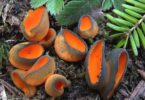
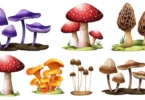
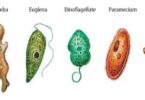
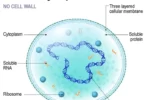
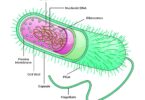
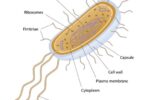
Leave a Comment